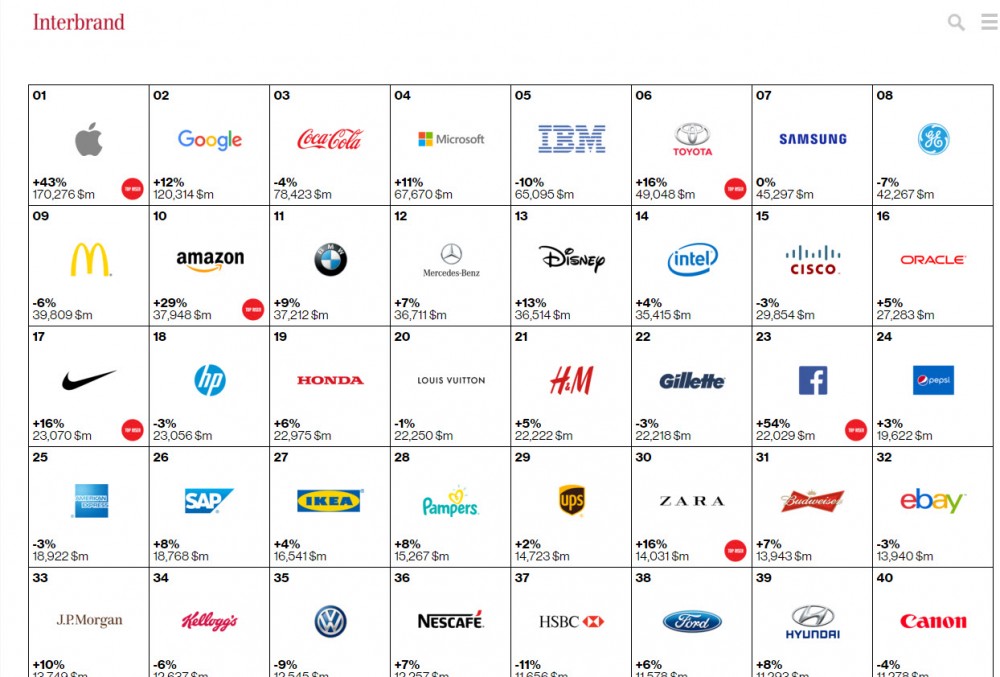In a recent Interbrand report, Apple and Google were named the top global brands. Thinking about how these companies operate and the products and services they provide goes a long way toward illustrating how global brands can and should emerge. But most companies are far down the food chain and haven’t got the resources to behave like Google or Apple.
The Challenge of Doing Business in the Midst of Globalization
For most, it will always be a dog eat dog world, or so it seems, but it’s becoming more apparent that succeeding as a global brand not only involves considering the future of a business but the politics and culture of the people in countries where business will be conducted. This may sound self-evident, but it is astounding the degree to which some highly educated people remain in complete ignorance of the most basic customs and attitudes of a foreign populace. Even worse than businesses are governments who send diplomats and staff to foreign countries without the knowledge of local languages. Creating a global brand means having an accurate read on the pulse of local and regional people in foreign countries.
Some international business experts advocate building a global brand by creating a franchise network. While this approach puts local talent in charge of business and tailors a product or service to local tastes, it’s a system that won’t work for certain types of businesses. Huge businesses like GM have invested $1 billion in a large training center, the GM Engineering Design Center, to train groups of foreign visitors who will be charged with designing and promoting the GM brand in foreign markets.
Board Level Leadership is Critical
It used to be that global brand strategies were left up to marketing departments, but in today’s complex world, mergers and acquisitions can be a useful strategy for building a global brand. This requires the involvement of a company’s board of directors who are uniquely positioned to provide a structured framework in line with a company’s financial goals.
Navigating the World’s Contentious Political Issues
Today’s world is messier than ever with pockets of prosperity juxtaposed against large masses in abject poverty. This type of problem, of which there seems to be an increasing number, are major global issues that demand global solutions.
Running up against issues such as global warming and climate change, for example, is a huge problem requiring effective strategies, but the world has been debating climate change and signing treaties for more than 20 years with massive gridlock and little to show for it. That trend continues with the jury still out on recently completed Paris accords. While most of the world believes global warming and climate change are real, there are still small pockets of skeptics with significant political power.
As IndustryTap has reported, most of the top 500 global multinational corporations have been investing billions of dollars in managing global warming and climate change, opening their boards to climate experts. The US Department of Defense no less, has issued a Climate Change Adaptation Roadmap to protect US security interests.
This is just one example of the huge challenges faced by global organizations in the 21st century.
The Culture & Strategy of Global Organizations
Growing a global brand requires an understanding of the unique cultural dynamics in each market where business will be conducted. For example, Google’s experience in China, entering and then exiting, shows that even the most successful companies have a hard time reading the tea leaves. Creating value is not the same in China or India or Russia, and running a dynamic business in each of these environments is profoundly challenging.








